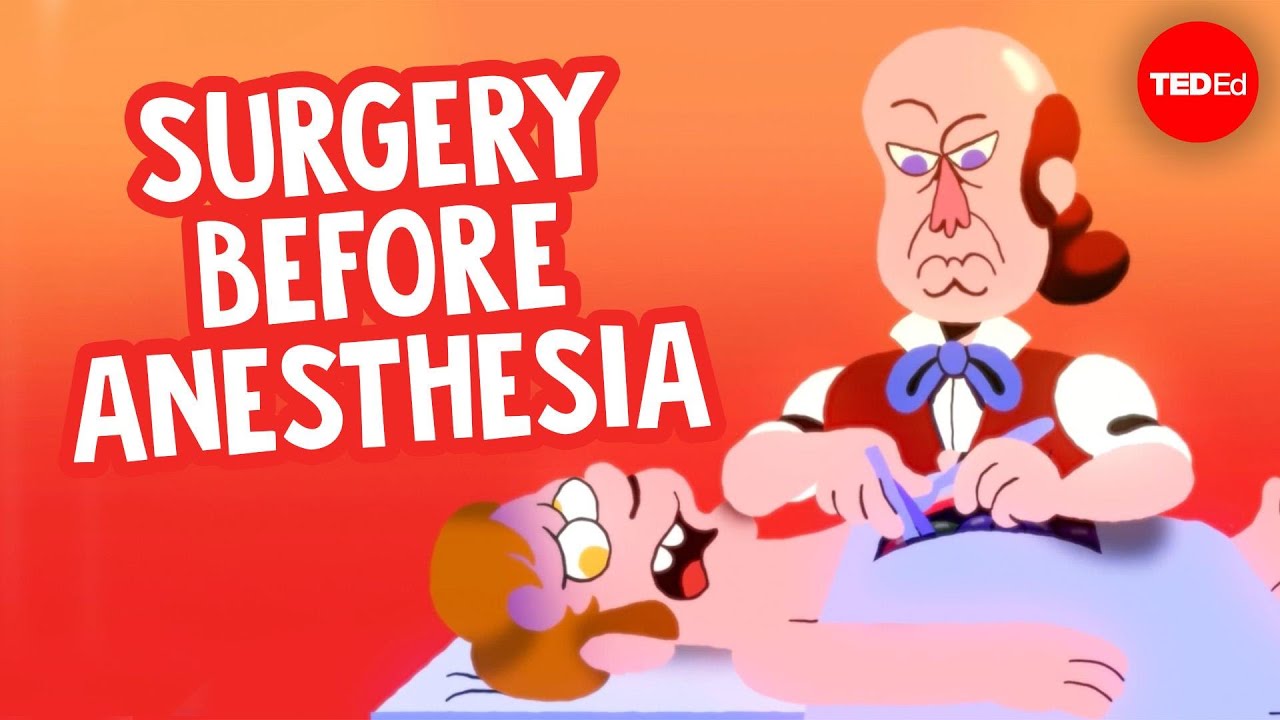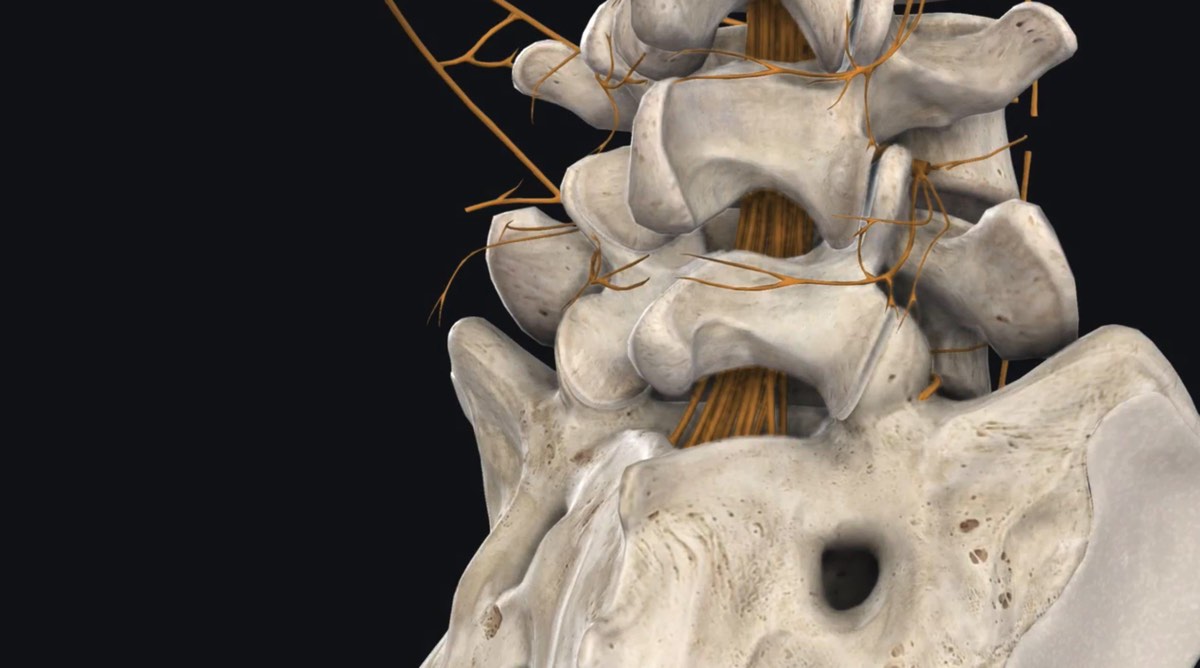Prolonged exposure therapy effective for combat- and terror-related PTSD
Reuters Health • The Doctor's Channel Daily Newscast
“PTSD is a very severe and pervasive condition,” Dr. Edna B. Foa from University of Pennsylvania, Philadelphia, Pennsylvania told Reuters Health in an email. “But 8-12 sessions of prolonged exposure therapy help reduce significantly PTSD symptom severity in 80% of patients, and most of the patients lose their diagnosis.”
Dr. Foa and colleagues compared prolonged exposure therapy with treatment as usual in 30 patients of a trauma unit who were victims of combat or terror and were diagnosed with PTSD.
Prolonged exposure therapy included increased exposure to situations previously avoided because of trauma-related distress and daily listening to audiotapes of the patients’ trauma narratives.
Treatment as usual consisted of nondirective, psychodynamically oriented therapy that focused on daily occurrences of distress and relationship issues, childhood experiences, daily crises experienced by the patients, and, only if brought up by the patient, the traumatic event.
Patients who had prolonged exposure therapy had significantly lower posttreatment Posttraumatic Stress Disorder Symptoms Scale-Interview Version (PSS-I) scores, State-Trait Anxiety Inventory state anxiety and trait anxiety scores, Beck Depression Inventory scores, and Posttraumatic Cognitions Inventory scores than did patients assigned to treatment as usual.
At 12 months after study entry, PSS-I scores showed significant improvements from pretreatment only for the group treated with prolonged exposure, but neither group showed significant changes in PSS-I from immediately posttreatment to this late follow-up.
There were no characteristics that significantly predicted outcomes for these patients.
“Although several practice guidelines recommend CBT and specifically exposure therapy for the treatment of PTSD,” the researchers note, “these treatments are still not widely used. Psychodynamic-oriented, supportive therapy is still the most common treatment for PTSD in mental health clinics despite evidence showing this treatment to be inferior to CBT.”
Dr. Foa suggested that there are several possible explanations for this: “CBT is still not taught in many departments. More importantly, the importance of having empirical evidence for psychotherapy is not conveyed by many teachers. Also, conducting CBT is more difficult and requires more discipline and preparation than conducting counseling or psychodynamic therapy, where the goals are unclear, so the therapist does not feel under pressure to produce good outcome in a short period of time.”
“Prolonged exposure is a relatively easy treatment to learn; there are 4-day workshops that teach it,” Dr. Foa said.
“We are now doing a study comparing prolonged exposure with adolescent girls who has PTSD related to sexual abuse with supportive counseling,” Dr. Foa added. “We also are doing a study with active duty personnel in Ft. Hood assessing the efficacy of prolonged exposure conducted daily for two weeks. This is important because soldiers are busy and many times cannot be in one place for 10 weeks to receive weekly sessions.”
J Clin Psychiatry 16 November 2010.









